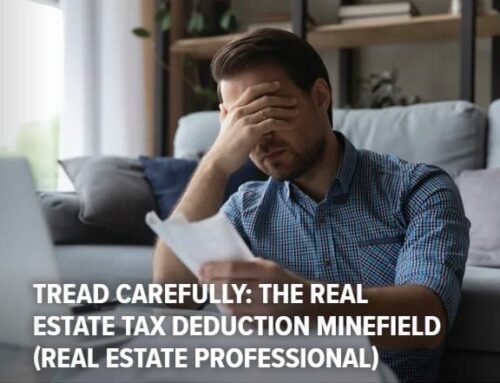Self-employed renters naturally strike fear in a landlord’s heart. Sure, we admire their moxie. But what about paying the rent? What about the ebbs and flows of business? How can you be sure a dip in sales won’t leave them weeks or months behind on paying up?

The same goes for freelancers, gig workers, and all those other professionals without standard, 9-to-5 jobs. They’re worrisome.
Fortunately, you don’t have to take a leap of faith when these tenants come calling to your rental property. There are many ways to both evaluate a self-employed renter’s income and ensure they’re a good fit for your rental all in one fell swoop. Here are five of them.
1. Ask questions
Get to know the prospective tenant. Ask them about the nature of their business, how long they’ve been operating, what types of clients they work with, and more.
You should also find out about the tenant’s credentials, past employment, and education history. How qualified are they to be doing what they’re doing? How likely is it they have the connections and skills to keep their business afloat?
You can also special order a business credit report from AAOA for $59.95 to find out if their business has good credit, high debt, lawsuits, violations, or high risk of default. Call (866) 579-2262 to request a comprehensive business credit report.
2. Research the business
You should also research the business. Do they have a website? Are they registered with your state? Are they licensed and insured? These are all indications a self-employed person is legitimate. (You might even be able to check out their pricing if you find their website!)
I had to rent a home a few years after I transitioned into freelancing, and my portfolio and published links (like those right here at Millionacres) were just a few of the items that helped prove my business’ legitimacy and success.
3. Request bank statements
If you want the most accurate depiction of the tenant’s income, ask for recent bank statements (business ones, if they have a business account). Pay careful attention to the deposits — how much they are, the consistency/cadence of them, etc. — and make sure the expenditures don’t outweigh the incoming cash.
Tax returns can work for verifying income, too, but these often don’t reflect the person’s full earnings — nor are they the most updated picture of their cash flow (they are annual, after all).
4. Pay special attention to their credit report
You’ll also want to pay special attention to the tenant’s credit. Look at the balances on any credit cards, loans, or other accounts they have out, as well as the monthly payment those come with.
You should also look carefully at payment history: Have they had any problems paying bills on time or in full? Are there any collection efforts or derogatory notes in their name? Have they had any bankruptcies or foreclosures? These can all give you insights into the tenant’s financial health — as well as any struggles they may be having.
5. Talk to past landlords
Finally, be sure to ask for the contact information for any past landlords the tenant has had. Call them up, ask about their payment history and, most importantly: Find out whether the landlord would be willing to rent to them again. Typically, if a landlord says “no” here, you’re best off moving to the next candidate. (Just make sure you’re abiding by fair housing laws and not discriminating!)
One last tip
If you’re not sure whether the tenant is a good fit, you can always consider requiring a cosigner, also known as a guarantor. This is someone who agrees to vouch for the tenant financially, as well as cover the rent if they’re unable to down the line. You can also have the tenant pay for a LeaseGuarantee policy which can cover future rental losses.
Position Realty
Office: 480-213-5251



